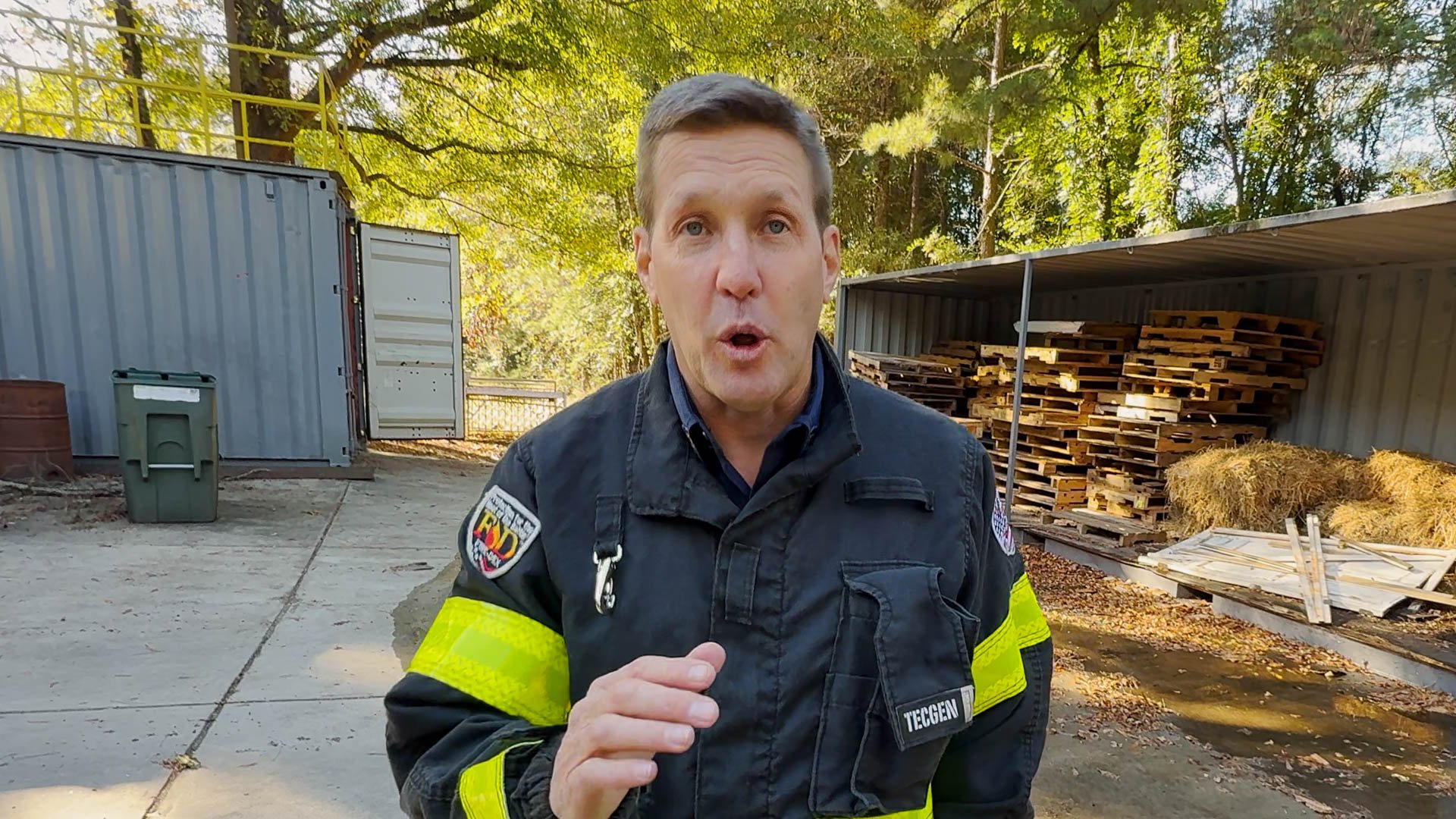Summary: A 1-inch tip at 80 PSI delivers roughly 262 GPM, making it a viable option for departments with limited water supply. When hydrants are weak or spacing is rural, downsizing stacked tips on a portable monitor can maintain effective flow—especially with proper pressure and aim.
Why Tip Size and Pressure Matter on the Fireground
Every gallon per minute counts—especially when you’re running defensive operations without a steady water supply. That’s why departments often revert to smaller tips like the 1-inch or 1¼-inch when supply is tight. The goal is simple: maintain effective flow while staying within the limits of your water system.
In this quick breakdown from a Fully Involved training reel, Captain Sean Gray—a seasoned fire officer from Cobb County and co-author of The Evolving Fireground—walks us through how tip selection and pressure affect your flow rate on the BlitzFire® ground monitor.
What You Get From a 1-Inch Tip at 80 PSI
When using a 1-inch tip at 80 PSI, you're pushing approximately 262 gallons per minute. That’s a solid hit rate for smaller fires or in areas where hydrants can’t keep up. It’s not your max flow—but it’s controlled, repeatable, and gets water on the fire fast when higher volumes just aren’t possible.
Inch and a Quarter? Even Better Flow, Same Setup
If your system allows, bumping up to a 1¼-inch tip boosts your flow to roughly 416 GPM at the same pressure. That’s a substantial jump without overhauling your equipment setup. The BlitzFire® monitor shown in the video is capable of handling up to 500 GPM, so either configuration stays within the operational sweet spot.
Big Fire? Still Aim for Big Water
Even though this segment focuses on scaled-down flow options, the core message from Sean Gray stays the same: “Big fire, big water.” The only reason you downsize tips is because your water supply forces you to. If you’ve got the hydrant strength or tanker operation to support it, going straight to a 1.5-inch tip is ideal. But if you don’t? The 1-inch setup still brings real value—especially if you’re working smart with your deployment.
Final Take: Don’t Let Limited Supply Paralyze Your Tactics
Whether you're in a rural town with a sparse water grid or facing temporary setbacks in an urban environment, knowing how your tip size and pressure affect GPM is critical. This quick setup—1-inch tip, 80 PSI, 262 GPM—may not be flashy, but it’s reliable. And in firefighting, reliability under pressure wins.
Need help figuring out which monitor setup fits your area or attack plan best? Download the Portable Monitor Product Guide for flow charts, tip comparisons, and setup insights.


Comments